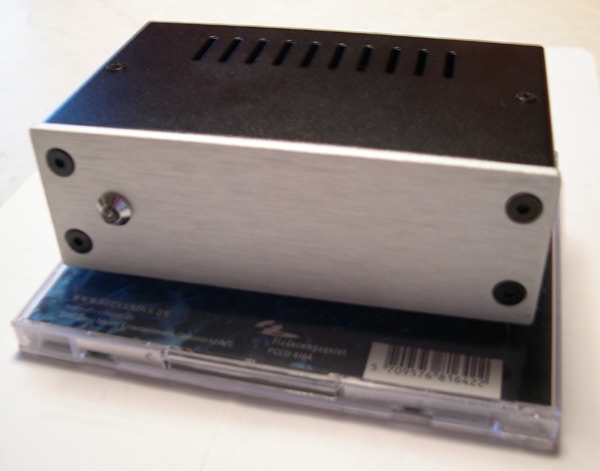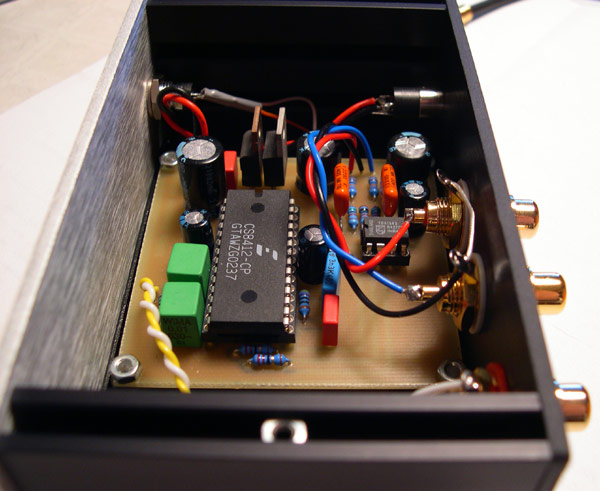GregVDS
100+ Head-Fier
- Joined
- Jul 7, 2005
- Posts
- 144
- Likes
- 10
Quote:
Yes, please, I want to see these. How can you know where to send the pics?
Many thanks for the knobs and remote volume hints also
All the best
Greg
| Originally Posted by Nisbeth Cutting the profile isn't going to work, as you can't get the case back together again. I can send you some pics to show you what you're up against 
/U. |
Yes, please, I want to see these. How can you know where to send the pics?
Many thanks for the knobs and remote volume hints also
All the best
Greg





